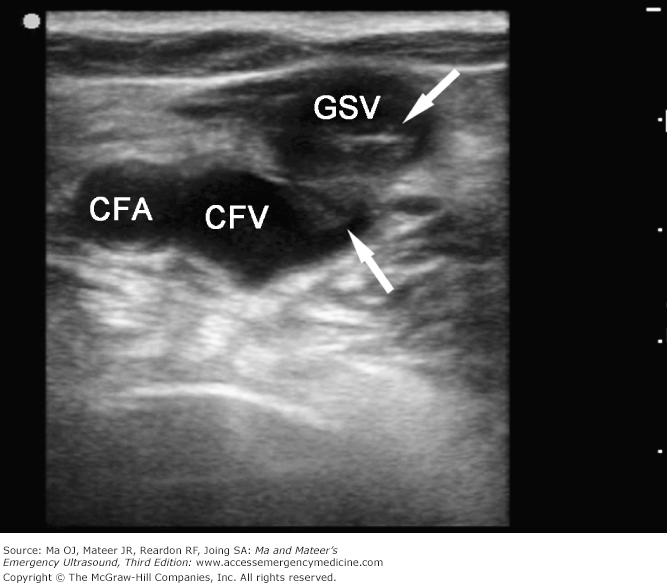[ad_1]
Patient loyalty factors into a lot of decisions that healthcare leaders are making, but are those investments misplaced? It’s common knowledge in business that it is much more cost-efficient and easier to retain a current customer than go get new ones.
Patients are searching for high quality care at a lower price point now more than ever before among factors that play into how and where patients receive their health care.
Do healthcare leaders realize what that truly means regarding patient loyalty?
Health systems are losing money due to patient disloyalty, but not much is being done to change things. Most efforts that hospitals are putting forth labeled as “loyalty” are actually drivers for new patient acquisition. These efforts include increasing brand awareness, prioritizing care access points and new ambulatory networks, while focusing on patient satisfaction scores. The investments are raising visibility and growing new patient populations, but not encouraging patient loyalty.
Patients who are truly loyal return to their provider time and again despite new competitors opening nearby or online, varying health needs or changes in physician affiliations.
There are various consumer desires and requirements that play into developing disloyalty in the health system.
Patients see multiple providers
Are millennials killing patient loyalty? That questions is hyperbole, though the younger generations are typically believed to be less loyal, and willing to shop around for their healthcare needs. This is true to an extent. Out of the older population of Medicare beneficiaries, or those thought by most to be loyal to their PCP and health system, it turns out they really aren’t that “loyal.”
The Advisory Board conducted research on Medicare beneficiaries and found over a 5-year period that only 21% of patients sought care from a single health facility. It was found that 26% of patients utilized four or more health systems for care. The split was even, with 30% of patients utilizing two systems for care.
Patients who plan to stick with their current PCP
Medicare beneficiaries are thought to stick with their Primary Care Providers and receive care at one facility, however around 30% of care is actually received outside of their PCP and primary facility. This equates to an average of around $11,000 in lost payments per “loyal” Medicare patient per year.
The finding then is that even among the patient demographic genuinely thought to be loyal, it’s only a perception. While patient convenience and avoiding lengthy travel is a big driver for choice of primary care, the loyalty drivers that most affect the patient are interpersonal relationship factors, asking questions like:
- Does the patient trust their physician?
- Are the staff members friendly and the nurses empathetic and caring?
Is price and clinical quality the determining factors in patient loyalty?
The average health care deductible now exceeds $5,000 and over 85 million Americans are using Yelp to read and review health care experiences. It’s not likely to trend any way but up. Consumers are looking for price transparency in health care to shop around for lower-priced providers. This market is rapidly growing as non-hospital competitors are bursting onto the scene. Online third-party out-of-market providers are pulling patients away from traditional referrals and disrupting existing patient/provider bonds.
In addition to price and quality convenience is a huge factor in patient loyalty.
- Is the provider location convenient?
- Do test results come promptly?
- Are appointments timely?
- How close is the provider to the pharmacy?
The Bottom Line
Health systems are overly reliant on past patient/physician relationships and believe that traditional loyalty drivers are still in place, but patients are using multiple health systems, price shopping and reading experience reviews to determine where to seek care and that trend will continue to rise.
Even Medicare patients are using more than one health system to receive care, and efforts to increase loyalty like branding and care access point investments are misplaced in most instances. Successful patient loyalty drivers foster deeper connections, so patients will always return to the health system despite changes.
[ad_2]










